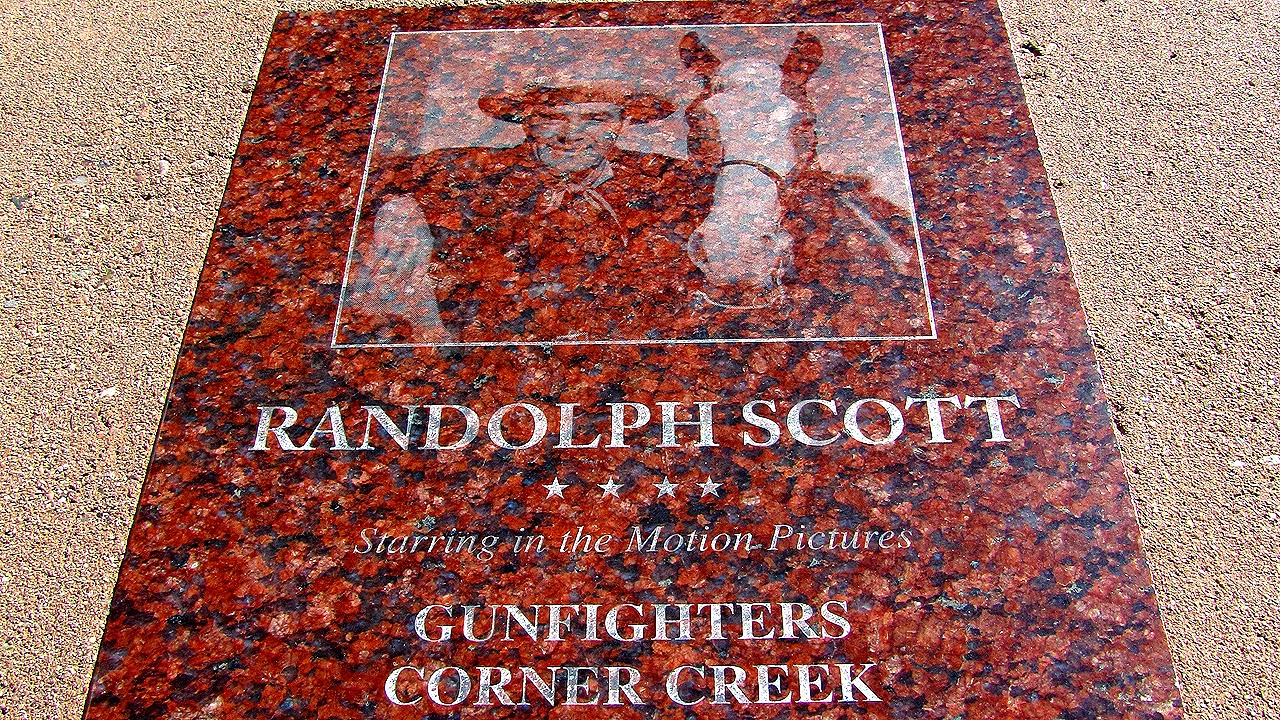Welcome to Sedona — "Arizona's Little Hollywood".
Sedona was the location for more than sixty Hollywood productions from the
first years of movie making through to the 1970s.
Aficionado’s of B-Grade Westerns (and a fair smattering of
A-Grade shoot-em-ups), will recognise Sedona’s signature red rocks which
featured prominently in dozens of Hollywood productions including Johnny
Guitar, Angel and the Badman, Desert Fury, Blood on the
Moon, and 3:10 to Yuma. Mind you, in these and many other movies the
locations masqueraded variously as Texas, California, Nevada, and even the Canadian
border territory.
When John Ford’s production of Stagecoach pulled into
town in 1938, it kicked off thirty years of A-picture activity—some forty-four
features through 1973. During those years, many of Hollywood’s biggest names
were photographed in front of Sedona’s signature landscape, including Errol
Flynn and John Wayne, and James Stewart, Robert Mitchum and Elvis Presley―to
name just a handful.
Located up and down both sides of Sedona’s main street are
numerous tributes to the many well known actors and actresses who came to town
to appear in the Westerns that helped make them famous. Each of these memorials features
an image of the actor and a list of all the movies he or she appeared in.
If you are a movie buff, and especially if you like
Westerns, a visit the Sedona Motion Picture Museum (in the town’s main street),
is an absolute must if you want to learn more about this fascinating period in
Sedona and Hollywood history.
By the by, Sedona was named to honor Sedona Arabella Miller
Schnebly (1877–1950), the wife of Theodore Carlton Schnebly, the city's first
postmaster. Sedona, the woman, was apparently celebrated for her hospitality
and industriousness.
I also stopped by Slide Rock State Park. Originally the Homestead of Frank L. Pendley, who arrived in
the canyon in 1907, Slide Rock State Park is a 43-acre historic apple farm
located in Oak Creek Canyon.
Penley’s pioneering innovation saw him create a
unique irrigation system still in use by the park today. The park is named after the famous Slide Rock, a stretch of
slippery creek bottom adjacent to the homestead. Visitors can slide down a
slick natural water chute or wade or relax along the creek.
Native American History
Of course, long before Frank L. Pendley, arrived in the
canyon, and long before Sedona Arabella Miller Schnebly, and the many Hollywood A-listers turned up, the first documented human presence in the Sedona area
dated back to between 11500 to 9000 B.C., which by any measure makes these modern
visitors (especially myself), Johnny-come-lately’s.
However, even native tribes were supplanted and replaced by
a succession of other native peoples over these thousands of years. Paleo-Indians by the
Sinagua people, who were in turn replaced by the Yavapai and Apache peoples. Thankfully, descendants of the
Yavapai and the Apache are still with us today. Despite being forcibly removed
from the Verde Valley in 1876, to the San Carlos Indian Reservation, 180 miles
(290 km) southeast, about 200 Yavapai and Apache people returned to the Verde
Valley in 1900. Today their descendants comprise the culturally distinct―but
single political entity―now living in the Yavapai-Apache Nation.
More Information








